Is pay-to-win still a thing? A look at microtransactions in sports games
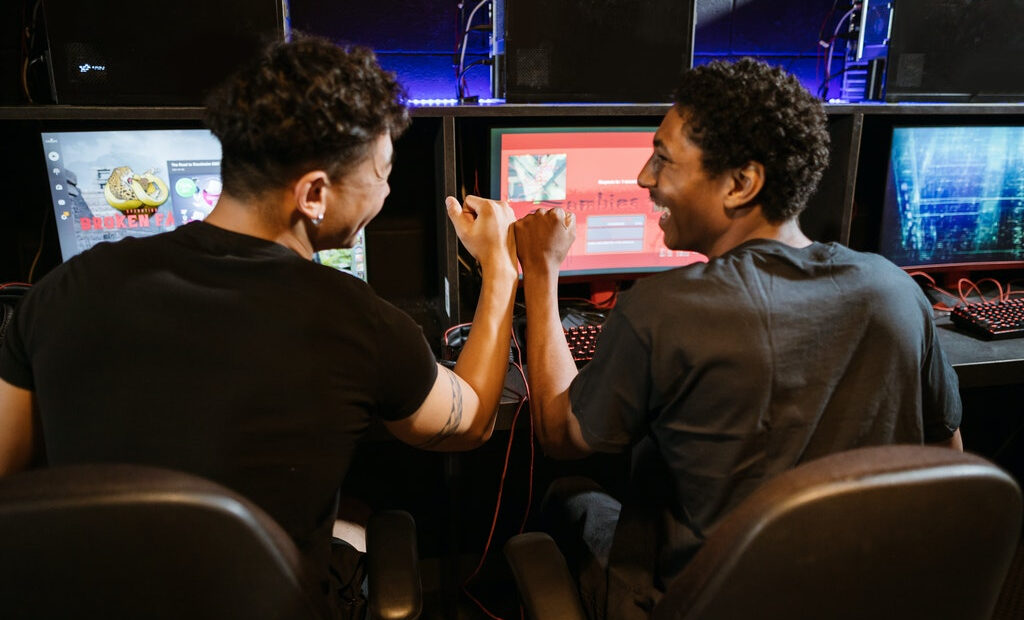
In the golden days of local multiplayer, the only “currency” needed was skill. Today things have changed. With games sprawling across seasons, tiers and digital marketplaces, microtransactions have made their way into almost every corner of sports titles. Whether chasing cosmetic flair or real gameplay advantages, the pay-to-win debate is not just alive, it has evolved.
But is it really about winning now or just staying competitive? Microtransactions may not be the game-breaking menace they once were but they still shape how players experience modern sports games.
The fine line between boost and buyout
It is easy to point fingers at flashy card packs and exclusive in-game rewards, especially when they are gated behind a price tag. In football simulations in particular, progression systems can feel uneven. That is where smaller purchases such as EA Sports FC points quietly come in. They are not game-ending, but they do provide an extra nudge – whether to open a new pack, unlock a kit or bring in a rising star for a squad.
Unlike the older “pay big, win big” models, these microtransactions now offer modest perks, often just enough to push past a frustrating bottleneck. Still, if competition is spending and others are not, the imbalance can subtly creep in.
Fair play vs fast play: What’s the real issue?
The modern gamer isn’t just battling opponents on the pitch – they’re navigating a digital economy. And in many titles, that economy is layered with time gates, weekly objectives, and seasonal resets. It’s no wonder that people take shortcuts. The issue isn’t always about buying power – it’s about buying time.
Consider it this way: some players grind through dozens of matches for that one elite reward, while others snag it early via a small point pack. Who’s right? Who’s wrong? That is the grey area developers have leaned into – offering optional boosts that are not mandatory but feel necessary for those who are even slightly competitive.
Are sports titles moving toward balance?
Developers are certainly trying to reframe microtransactions. Daily login rewards, grindable objectives, and squad-building challenges are all designed to keep things fair for free-to-play users. But they also subtly encourage small purchases as a time-saving measure. It’s no longer pay-to-win – it’s pay-to-catch-up.
The difference may sound semantic, but it is significant. When rivals have hours to spare and there is only one evening a week to play, that small pack of points can mark the difference between being competitive or simply being outmatched.
So… Is pay-to-win dead?
Not exactly. It’s been rebranded, reshaped, and tucked under layers of “player choice” and “optional content.” But in high-stakes modes – especially those with ranking ladders, weekend leagues, or rewards that reset – the players who spend still tend to start stronger, faster.
What’s changed is the perception. Microtransactions have become an accepted, even expected part of the sports gaming ecosystem. Players know what they’re getting into, and some are perfectly okay dropping a few euros to level the playing field.
Wrapping up
The difference may sound semantic, but it is significant. When rivals have hours to spare and there is only one evening a week to play, that small pack of points can mark the difference between being competitive or simply being outmatched.
The editorial unit

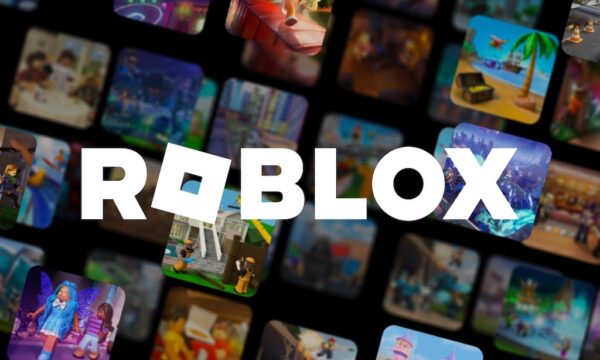


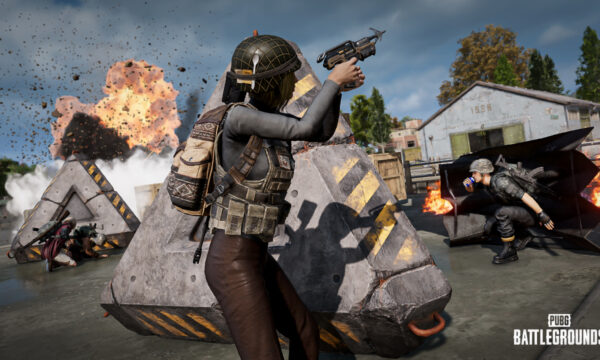
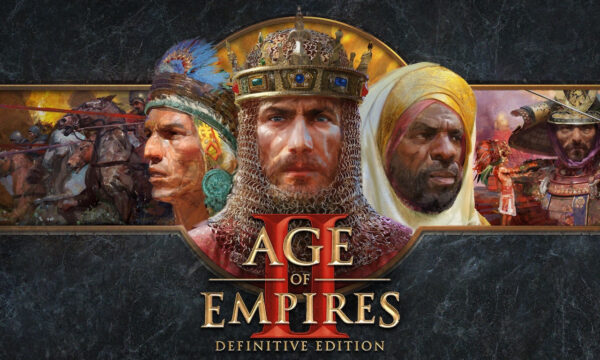
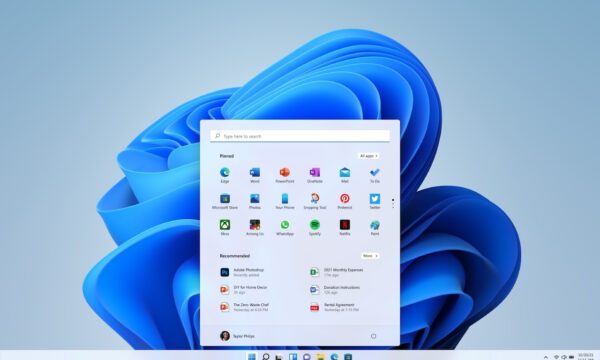

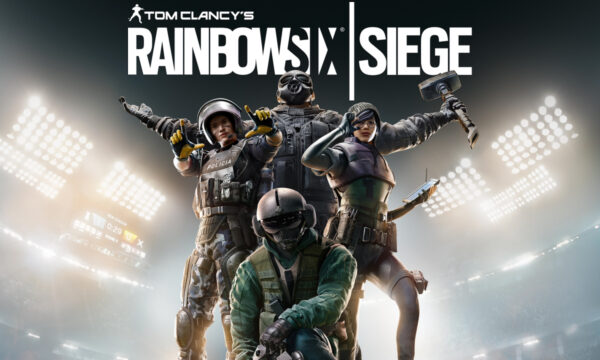















Facebook
Twitter
Instagram
YouTube
RSS